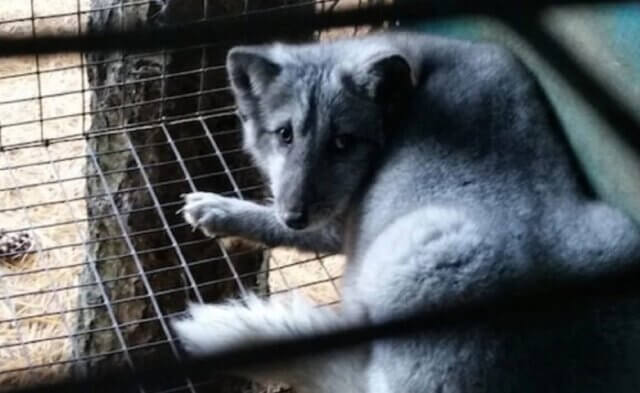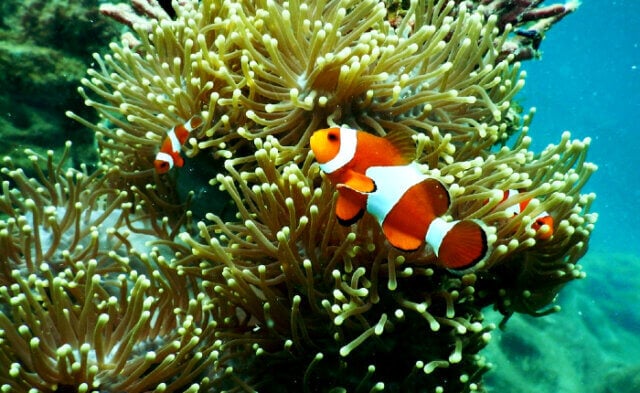As we celebrate our country’s independence this July Fourth, let’s not forget about those who’ve sacrificed their freedom to protect ours: our brave military veterans, including dogs who’ve served tours of duty.
One way that we can honor and respect these members of our community is to turn down the volume on our Fourth of July celebrations by using only quiet (or silent) fireworks. The bomb-like blasts that accompany loud fireworks can be extremely distressing for veterans who suffer from post-traumatic stress disorder (PTSD), as well as for many animals.

Dogs who’ve been exposed to wars or other traumatic events can suffer from PTSD just as humans can. Animals experience the whole spectrum of emotions—from gleeful delight to crippling fear—so it shouldn’t come as any surprise that nonhuman species can also suffer from PTSD after enduring deeply disturbing events. In fact, in 2014, roughly 5 to 10 percent of dogs who were deployed in combat settings with the U.S. military reportedly showed symptoms of this disorder.
When Gina, a 2-year-old German shepherd, was sent to Iraq to sniff out explosives, she was friendly and playful. But after months of explosions and door-to-door searches with tense soldiers, she returned home terrified of people and places. Whenever her handlers took her into a new building, she would slink along the floor and try to hide under furniture. She was diagnosed with PTSD.
Symptoms of this disorder in dogs are similar to those in humans and can include over-responsiveness, changes in temperament, aggression, clinginess, timidity, attempting to escape or avoid certain settings, and failing to complete tasks that they’ve been trained to perform.
While PTSD in dogs can be treated through medication and therapy, some experts believe that it can never be fully “cured.” According to Dr. Christopher Pachel, a veterinarian at the Animal Behavior Clinic in Portland, Oregon, “The challenge that we run into … is that we can layer on new emotional responses and we can teach coping skills but what we can’t do is erase the memory of whatever that trauma was.”
That’s yet another reason why we should do everything that we can to protect our canine companions from traumatic and dangerous situations. Here are six ways we can protect our animals and make Fourth of July fireworks less frightening for them. Do you have other tips? We’d love to hear about them in the comments.





